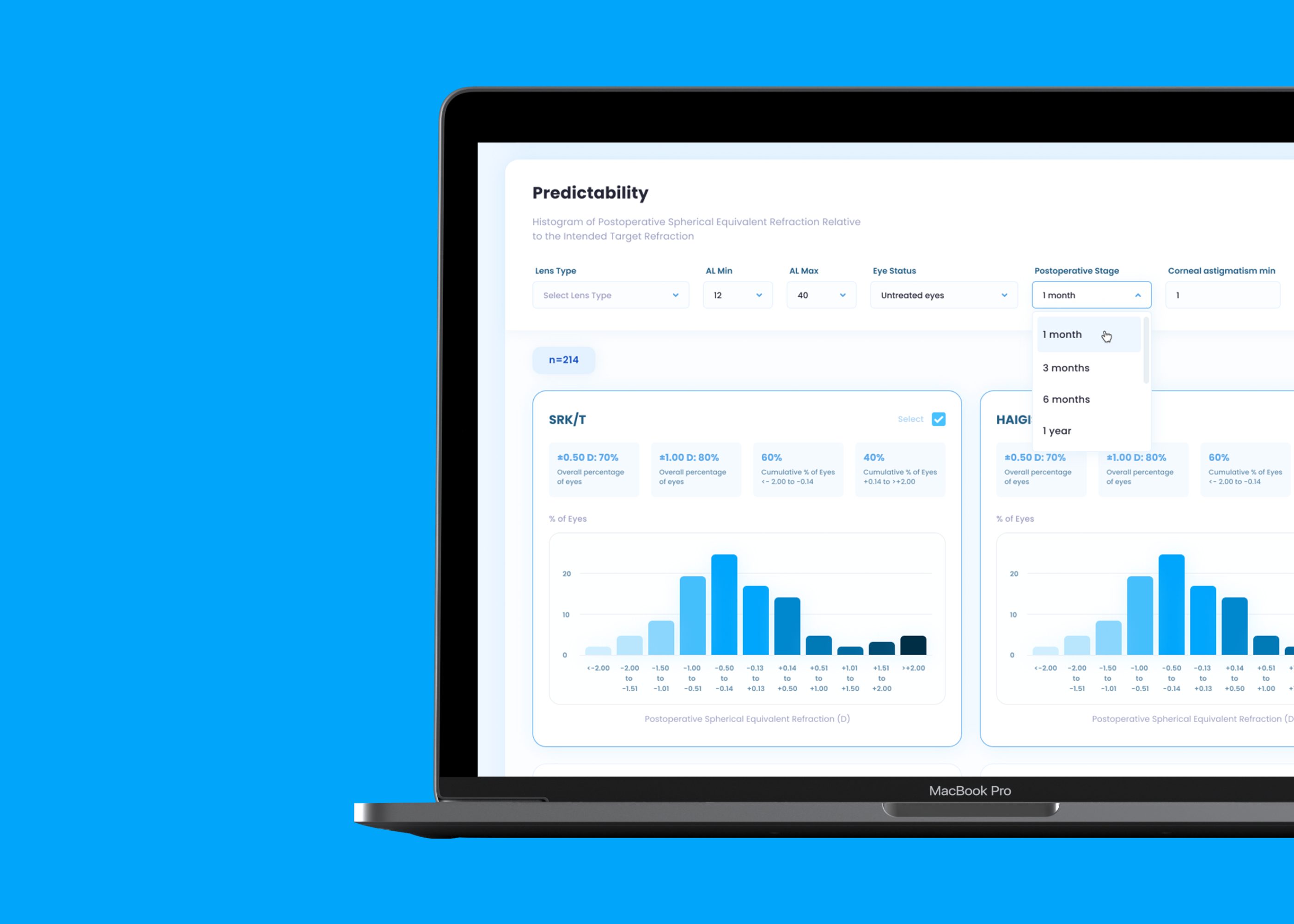ITRex put together a team of data consultants, including a solution architect, data governance lead, data engineer, and business analyst. Our team employed a unique Rapid Prototyping of KPIs methodology, working in agile sprints with stakeholders to model and validate key metrics with real data. This hands-on approach, combined with a thorough review of existing documentation, datasets, and tools enabled us to conduct a comprehensive assessment focused on five major areas:
●
Data ingestion & integration. ITRex identified major inefficiencies in how the company collected and synchronized data across multiple systems, including finance, maintenance, GIS, billing, and operations. We discovered that batch ingestion pipelines were prone to errors and delays, while some mission-critical data was handled manually through CSV uploads.
●
Data modeling & transformation. ITRex found overlapping, redundant logic in existing models, which led to confusion among the client’s teams. Business metrics such as cost recovery and maintenance backlog were calculated differently in various reports.
●
Reporting & analytics. The customer employed a variety of reporting tools but lacked standard KPIs and governance for dashboards. Many users relied on manual exports and spreadsheets, which limited real-time insights and caused version control problems.
●
Platform scalability & reliability. The company's existing data infrastructure was not designed to scale. ITRex discovered performance bottlenecks that caused pipeline failures and delays in dashboard refreshes.
●
Governance & collaboration. There were no formal roles for data ownership, and important decisions were made without clear stewardship or documentation. This made it difficult to identify errors or reach consensus on definitions.
The assessment produced a number of deliverables that enabled the customer to make an informed decision about the data platform transformation:
●
Data platform architecture diagram highlighting the current ingestion, processing, modeling, and reporting layers
●
A summary of data governance maturity and the proposed target state framework
●
A list of core business metrics with identified inconsistencies, overlaps, and source systems
●
A comprehensive bottleneck analysis that identified the root causes of performance issues and manual rework
●
A phased modernization roadmap with tactical and strategic recommendations for building a robust, governed data platform ready for
AI integration
Our main recommendation was to implement a modern, scalable data platform using Microsoft Fabric. The proposed architecture was based on the following components:
●
OneLake as a unified data lake and a single source of truth
●
Azure Data Factory to support robust, automated data ingestion pipelines
●
Power BI for real-time analytics and tightly integrated dashboards
●
Microsoft Purview to establish strong data governance, ensuring quality, security, and effective cataloging




















